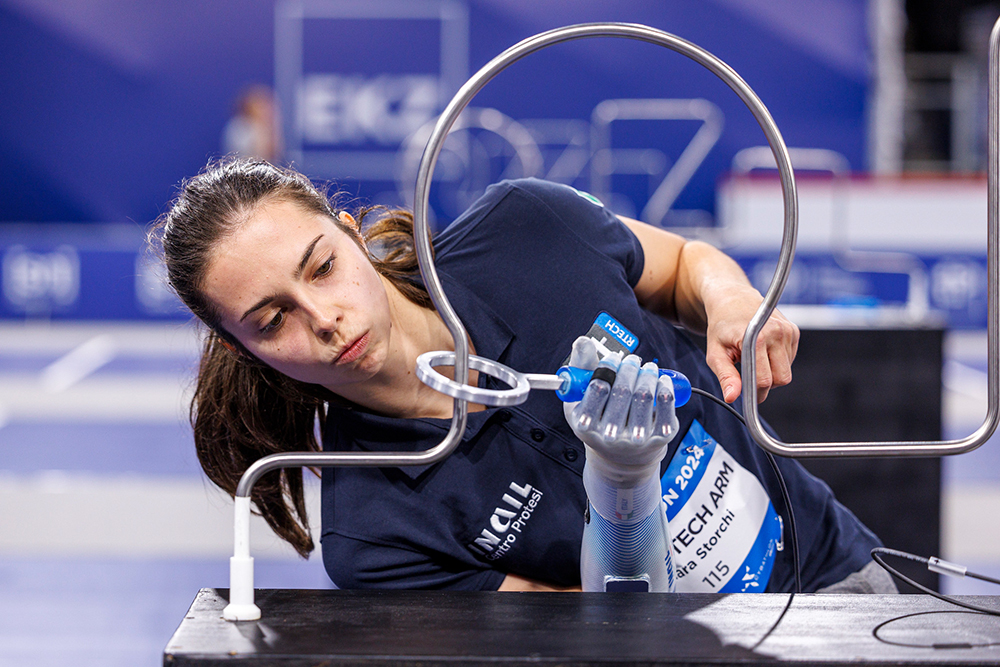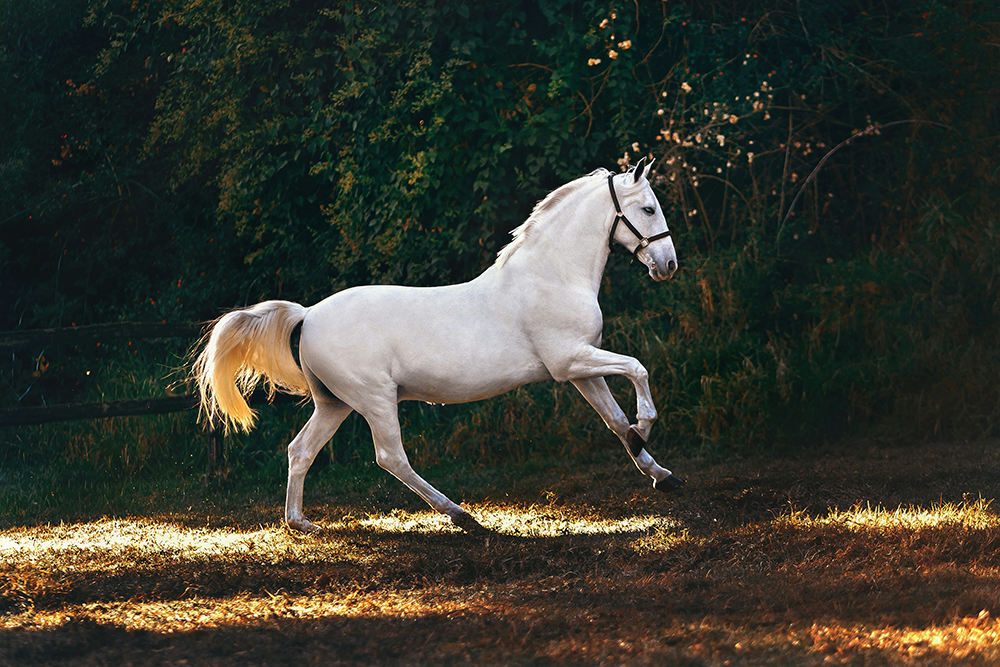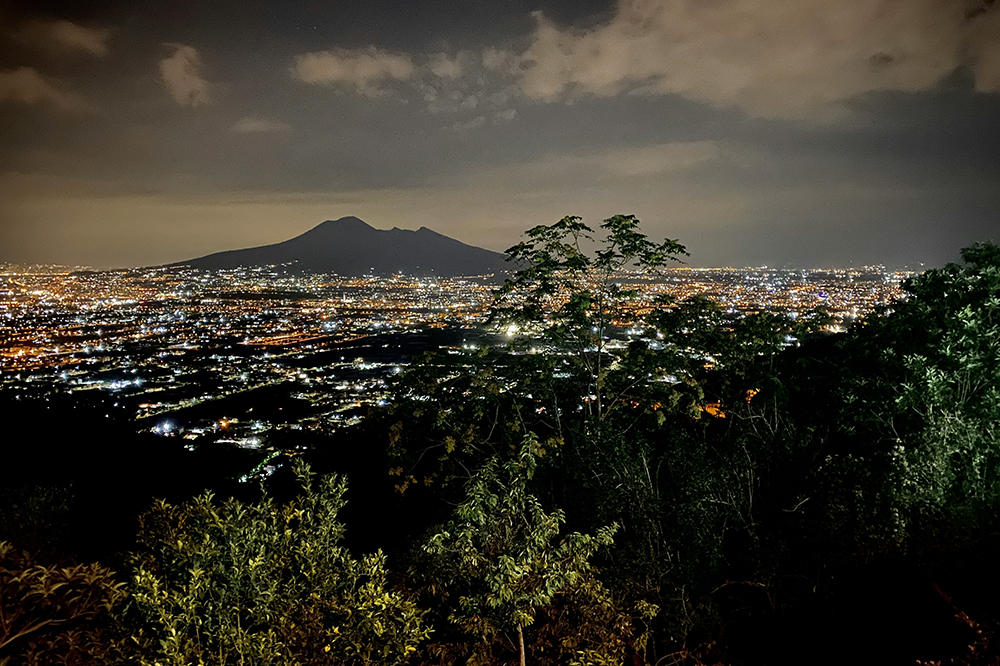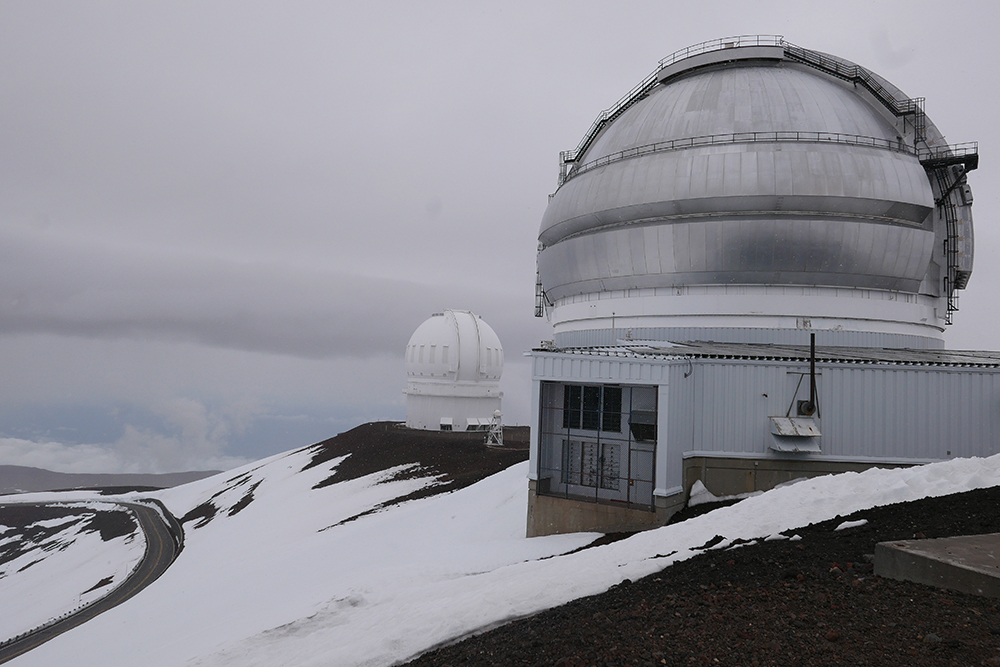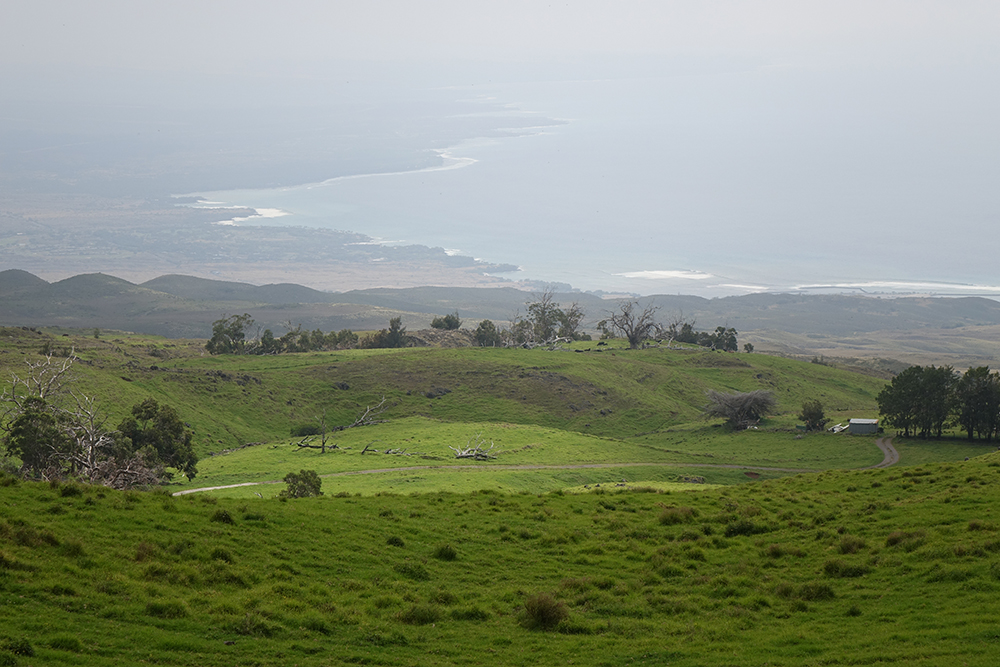The GROUND workshop (advancing GROup UNderstanding and robots‘ aDaptive behavior) is back for its third edition and will take place on June 30, 2025, as part of the IAS 19 Conference in Genoa, Italy. The keynote speeches will be given by Prof. Dr. Oliver Bendel, FHNW School of Business, and Prof. Dr. Silvia Rossi, University of Naples. The talk by the technology philosopher and business information scientist from Zurich entitled “Robots, chatbots, and voice assistants in the classroom” is summarized as follows on the Ground website: “Chatbots, voice assistants, and robots – both programmable machines and social robots – have been used in learning for decades. Prof. Dr. Oliver Bendel from the FHNW School of Business in Switzerland presents his own projects from 15 years. Some of his chatbots and voice assistants, such as GOODBOT, BESTBOT, and SPACE THEA, recognized user problems and responded appropriately. They showed empathy and emotion. Pepper was used as an educational application for children with diabetes, and Alpha Mini as an educational application for elementary schools. Chatbots for dead, endangered, and extinct languages such as @ve, @llegra, and kAIxo can be integrated into learning environments for all ages. Today, the technology philosopher and information systems expert mainly uses GPTs such as Social Robotics Girl and Digital Ethics Girl in his courses. They can receive and answer questions from several students at the same time, even if they are asked in different languages. They are specialists in their field thanks to prompt engineering and retrieval-augmented generation (RAG). In his talk, Oliver Bendel will ask how chatbots, voice assistants, and social robots will be designed as adaptive systems for multi-user settings in the future. These capabilities are especially important in the classroom.” Further information is available at ground-hri.github.io/workshop/.
Intelligens. Natural. Artificial. Collective.
At the 19th Architecture Biennale in Venice (Biennale Architettura 2025) with the title “Intelligens. Natural. Artificial. Collective.”, robots play an important role. This is reported by several media, such as The Architect’s Newspaper. “Robots Falling from the Sky” is an installation in which robots appear to fall from the sky and interact with their surroundings. Another robot demonstrates its musical abilities by playing a handpan, a brass instrument. One is reminded of Henri-Louis Jaquet-Droz’s 18th century musician, who preferred a keyboard instrument. A robotic arm from ABB assists two Bhutanese craftsmen in working on a beam. For safety reasons, according to The Architect’s Newspaper, live carving with a drill was not permitted. The problem is not the two artisans, but the visitors. The Biennale is always dedicated to technical and futuristic themes. In 2021, the Architecture Biennale focused on cyborgs and transhumanists, among other things. In 2024, the art biennial featured a quasi-hologram and a spaceship-like installation. The Biennale runs from May 10 to November 23, 2025 at various venues in and near Venice, including the Giardini della Biennale, the Arsenale di Venezia, and the Forte Marghera in Mestre. Further information and the full program can be found at www.labiennale.org/en/architecture/2025 (Photo: Biennale Arte 2024).
About Inclusive Robotics
The Gabler Wirtschaftslexikon is the largest economics encyclopedia in the German-speaking world. In March 2025, Oliver Bendel published an article on inclusive robotics in this reference work. The first part reads as follows: “Inclusive robotics designs, develops, controls, manufactures, and operates robotic solutions for individuals with disabilities or impairments. The goal is to enable them to fully participate in social life and to engage in education, culture, and sports. This can involve the replacement or enhancement of a body part, as well as the use of a robot that provides assistance (an assistive robot or companion robot) or is worn on or with the body (a wearable robot). Robotic quadrupeds and bipedal general-purpose robots are becoming increasingly relevant. In the future, these will function as universal robots – true generalists. Inclusive Robotics addresses not only physical aspects but also psychological ones. It is closely related to inclusive AI.” The full article is available at: wirtschaftslexikon.gabler.de/definition/inclusive-robotics-172663 (Photo; ETH Zurich, Cybathlon/Alessandro Della Bella).
Why Animals Can (Still) Outrun Robots
In an article published in Science Robotics in April 2024, Samuel A. Burden and his co-authors explore the question of why animals can outrun robots. In their abstract they write: “Animals are much better at running than robots. The difference in performance arises in the important dimensions of agility, range, and robustness. To understand the underlying causes for this performance gap, we compare natural and artificial technologies in the five subsystems critical for running: power, frame, actuation, sensing, and control. With few exceptions, engineering technologies meet or exceed the performance of their biological counterparts. We conclude that biology’s advantage over engineering arises from better integration of subsystems, and we identify four fundamental obstacles that roboticists must overcome. Toward this goal, we highlight promising research directions that have outsized potential to help future running robots achieve animal-level performance.” (Abstract) The article was published at a time when the market for robotic four-legged friends is exploding. Spot, Unitree Go2 and many others can certainly compete with some animals when it comes to running. But when it comes to suppleness and elegance, further progress is still needed.
ICSR 2024 + Competition
The main conference of the ICSR will be held in Odense in 2024, and its full name is “16th International Conference on Social Robotics +AI”. There is also the ICSR-2024 Competition in Naples, Italy. According to the website, it is “The 1st Competition of the International Conference on Social Robotics”. The new format will take place on 8-9 May 2024. The General Chair explains the intention of the event: “ICSR Competition aims at being not only a competition but an extraordinary showcase of innovation and talent in the field of robotics. This event marks the convergence of brilliance, where teams comprising students, PhD students, researchers, and esteemed professors will compete in a series of captivating competitions through a groundbreaking exploration into the realms of robotics, where cutting-edge technologies and social applications come together. In the spirit of fostering collaboration and pushing the boundaries of what is possible, our competitions will showcase the diverse capabilities of robotics.” (Website ICSR-24 Competition) According to the organizers, teams will compete in four different competitions: the Robotic Arm Challenge, the Humanoid Robot Challenge, the Robot Design Challenge, and the Game Jam Challenge. More information is available at www.icsr2024-competition.org.
ICSR + BioMed 2024
In addition to the ICSR in Odense, which focuses on social robotics and artificial intelligence, there is also the ICSR in Naples this year, which organizes a robot competition. In addition, an ICSR conference focusing on biomedicine and the healthcare sector will take place in Singapore from August 16-18, 2024. The website states: “The 16th International Conference on Social Robotics + BioMed (ICSR + BioMed 2024) focuses on interdisciplinary innovation on Bio-inspired, Biomedical, and Surgical Robotics. By fostering the much-needed merging of these disciplines, together with fast emerging Biotech, the conference aims to ensure the lesson learned from these communities blend to unleash the real potential of robots. … The conference will serve as the scientific, technical, and business platform for fostering collaboration, exploration, and advancement in these cutting-edge fields. It will showcase the latest breakthroughs and methodologies, shaping the future of robotics design and applications across several sectors including Biomedical and healthcare.” (Website ICSR) Papers must be submitted by June 5, 2024. Further information on the conference is available at robicon2024.org.
Robots in Hawai’i – Part 7
Mauna Kea volcano is the highest mountain in the world, measured from the bottom of the sea. It is considered a sacred place in the culture of Hawai’i. In this context, the famous and important telescopes on the top are always the cause of bitter disputes. The operation of drones is also not allowed on the mountain. However, a small robot made it on it in 2008. This was reported by several media outlets, including Science Daily. “During the field experiment, Nov. 1-13, the robot called Scarab will simulate a lunar mission to extract water, hydrogen, oxygen and other compounds that could potentially be mined for use by future lunar explorers. The four-wheeled robot will trek to different sites, using a Canadian-built drill to obtain a one-meter geologic core at each site. Each core will be chemically analyzed by on-board instruments developed by NASA.” (Science Daily, 14 October 2008) After that, it became increasingly difficult for robots to climb Mauna Kea. It is easier for scientists and tourists, who only need 4-wheel drive and robust health.
Robots in Hawai’i – Part 6
The west coast of the Big Island is known for its beautiful white sandy beaches and coral reefs, from Honomalino Beach in the south to Hapuna beach in the north. It is now threatened by climate change, drought, fire, invasive species, and human impact. The region of Hawai’i has been classified as a vulnerable ecosystem zone. A Boeing Company describes these dangers on its website and has developed technology to counteract the dangers. The Liquid Robotics Support Operations Test and Evaluation Facility in Kawaihae, Hawai’i is the main hub for Wave Glider development, ocean testing, and regional operations, as well as the birthplace of the Wave Glider. The Wave Glider sits on the surface and is connected to another device floating in the water eight meters below it. The two look like mother whale and baby whale, except baby whale is a little off. The Wave Glider is capable of collecting and communicating ocean data in real time through unpredictable conditions for up to a year. It connects and communicates undersea data to satellites and land, creating an ocean network. The Wave Glider is designed to support a wide variety of sensors and payloads. The modular and adaptable payload design is coupled with a powerful solar power system and on-board computing environment.
Robots in Hawai’i – Part 1
Hawaii (Hawaiian: Hawai’i) is not necessarily associated with robots. But in the larger cities, you can be sure to encounter them. There are service robots such as the Keenon Dinerbot and surgical robots such as the da Vinci Surgical System. In addition, robots are used in the wild, for example for nature conservation. The hospital group in the east of the archipelago advertises with the following words: “East Hawaii Health Clinics is excited to introduce our fully operational robotic surgery center. This state-of-the-art equipment allows us to perform minimally invasive surgeries that would otherwise require greater surgery time and recovery time. We look forward to continuing to provide East Hawaii with exceptional surgical options.” (Website East Hawaii Health Clinics) This type of care is available in Hilo, among other places. The small town on the Big Island has the latest medical technology, such as that used in Basel and Berlin. Hilo is surrounded by tropical rainforest. Nearby are Akaka Falls and Hawai’i Volcanoes National Park. In the city itself, giant banyan trees grow. One must not forget the many homeless people who are at the end of their tether. Like California, Hawai’i has not dealt with this problem. These people will never be able to afford treatment with a surgical robot.
How People React to Hugs from Robots
As part of the AAAI 2023 Spring Symposia in San Francisco, the symposium “Socially Responsible AI for Well-being” is organized by Takashi Kido (Teikyo University, Japan) and Keiki Takadama (The University of Electro-Communications, Japan). The paper “Increasing Well-being and Health through Robotic Hugs” by Oliver Bendel, Andrea Puljic, Robin Heiz, Furkan Tömen, and Ivan De Paola was accepted. Among other things, they show how people in Switzerland react to robotic hugs. The talk will take place between March 26 and 29, 2023 at Hyatt Regency, San Francisco Airport. The symposium website states: “For our happiness, AI is not enough to be productive in exponential growth or economic/financial supremacies but should be socially responsible from the viewpoint of fairness, transparency, accountability, reliability, safety, privacy, and security. For example, AI diagnosis system should provide responsible results (e.g., a high-accuracy of diagnostics result with an understandable explanation) but the results should be socially accepted (e.g., data for AI (machine learning) should not be biased (i.e., the amount of data for learning should be equal among races and/or locations). Like this example, a decision of AI affects our well-being, which suggests the importance of discussing ‘What is socially responsible?’ in several potential situations of well-being in the coming AI age.” (Website AAAI) According to the organizers, the first perspective is “(Individually) Responsible AI”, which aims to clarify what kinds of mechanisms or issues should be taken into consideration to design Responsible AI for well-being. The second perspective is “Socially Responsible AI”, which aims to clarify what kinds of mechanisms or issues should be taken into consideration to implement social aspects in Responsible AI for well-being. More information via www.aaai.org/Symposia/Spring/sss23.php#ss09.


